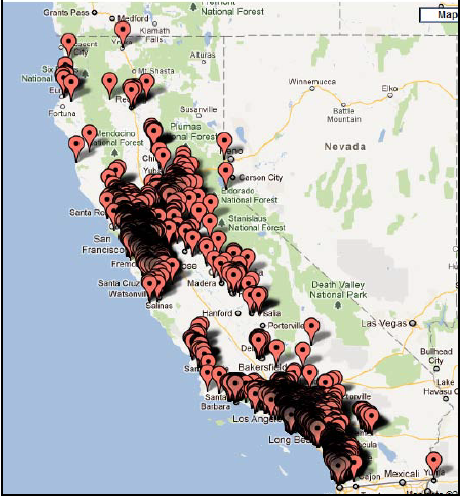Seeing an electric vehicle driving down the street isn’t really a novelty anymore, at least not in the San Francisco Bay Area. I no longer do a double take whenever I spot a Chevy Volt or a Nissan LEAF. Granted, there are far more gas-powered vehicles on the road, but it’s clear that electric vehicles have finally hit the streets. And more and more automakers are offering electric variants for consumers to choose from.
EV sales in California have no doubt been helped by California’s Clean Vehicle Rebates, which help lower the upfront cost of low-emission electric vehicles.
In June, the California Air Resources Board approved an additional $27 million which will continue to help make these vehicles more affordable to California consumers. The current rebate amounts range from $1,500 for plug-in hybrid electrics up to $2,500 for some full battery electric vehicles or fuel cell vehicles. (See the Clean Vehicle Rebate Project for details.)
Looking at the data from the program so far (it began in 2009), it’s pretty clear it’s not just Bay Area residents who are interested in electric vehicles. A map of the rebates that have already been claimed by California residents shows a pretty widespread distribution across the state.
California’s clean vehicle rebates are also good for businesses looking to cut their fuel costs and reduce their vehicle emissions and carbon footprint.
Rebates are also available for advanced heavy-duty vehicles, including hybrid or battery electric trucks. Over 1,000 advanced heavy-duty vehicles, from shuttle buses to package delivery, have been funded so far. $10 million of the recently approved funding is directed to these types of advanced vehicles.
Battery electric and fuel cell vehicles are still in their infancy and come with a higher sticker price than comparable gas only models. But in the longer term, technology advances and increased manufacturing volumes will help reduce costs. In the meantime, supporting this technology through rebate programs and other incentives is important to give consumers access to more transportation choices that reduce pollution and oil consumption and foster the innovation needed to cut our projected oil use in half in the next 20 years.

